50 Amazing Hurricane Facts

Hectic, even for hurricane season
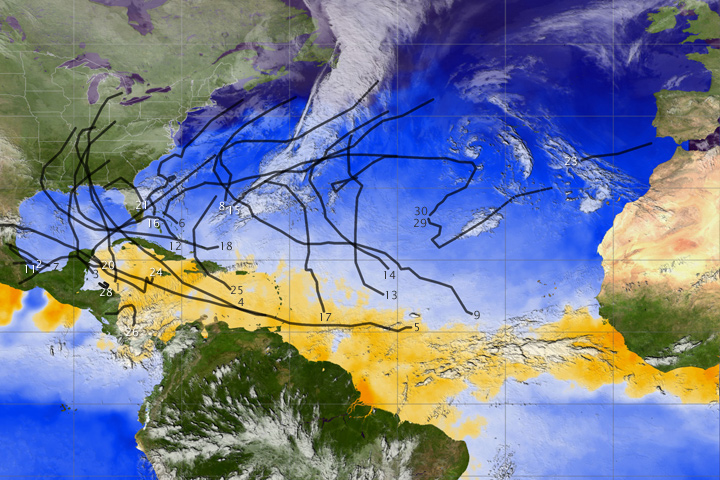
2005 also saw the most hurricanes ever to form in a single Atlantic season, with 15.
Calm, for a change

The fewest named storms ever to form in the Atlantic basin was four in the 1983 season.
Stability kills
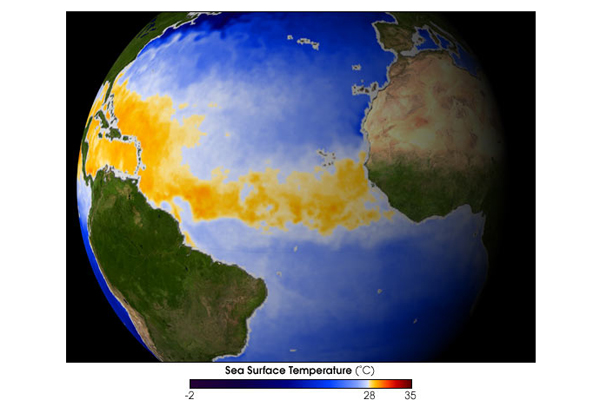
Warm water is the fuel that drives a hurricane. Hurricanes require ocean water temperatures of at least 80 degrees Fahrenheit (27 degrees Celsius) to form. Above this temperature the atmosphere is unstable, and that allows deep convection, the overturning of air that allows a tropical storm to become a hurricane, to occur. Below that temperature, the atmosphere is too stable and not enough energy is introduced into the storm.
Six year cycle

Hurricane names are determined by the World Meteorological Organization headquartered in Geneva. The WMO is in charge of updating the six weather regions of the world (the United States is in region four, which consists of North America, Central America and the Caribbean). Names are reused every six years, but names of the most significant storms like Andrew and Katrina are retired.
Honoring saints
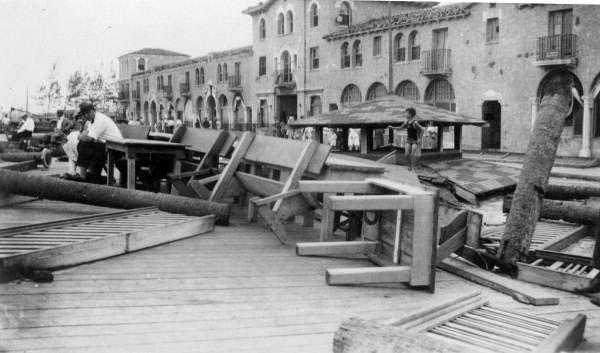
Originally, hurricanes were given the names of saints who were honored on the day the storm occurred, according to the National Oceanic and Atmospheric Administration. For example, the hurricane that hit Okeechobee, Florida, in 1928, was alternately called the Okeechobee hurricane and the San Felipe Segundo hurricane because it hit on the feast day of Saint Philip.
Coriolis Effect
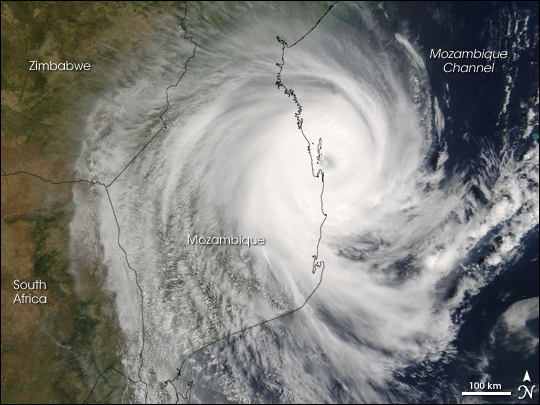
Tropical cyclones' winds rotate counterclockwise in the Northern Hemisphere and clockwise in the Southern Hemisphere because of the Earth's Coriolis force. Convection is most intense near the storm center, and so air rises. Air is drawn into the center of the storm along the surface, and that creates wind. Because Earth is rotating under the storm, the winds are curved.
Storm climax

In the Atlantic Ocean basin, hurricane activity historically peaks around Sept. 10.
Get the world’s most fascinating discoveries delivered straight to your inbox.
Femme fatale
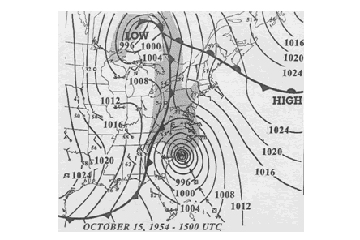
When the National Hurricane Center began giving official name to storms, in 1953, they were originally all female.
Equal opportunity
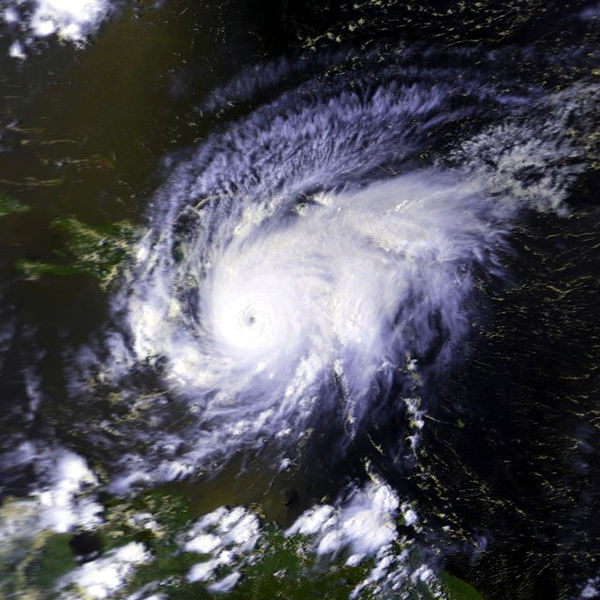
Males names were added to the hurricane name lists in 1979. Current lists alternate between male and female names.
Supply and demand

Current Atlantic storm name lists exclude the letters Q, U, X, Y and Z because there are not enough names starting with these letters to include them.



